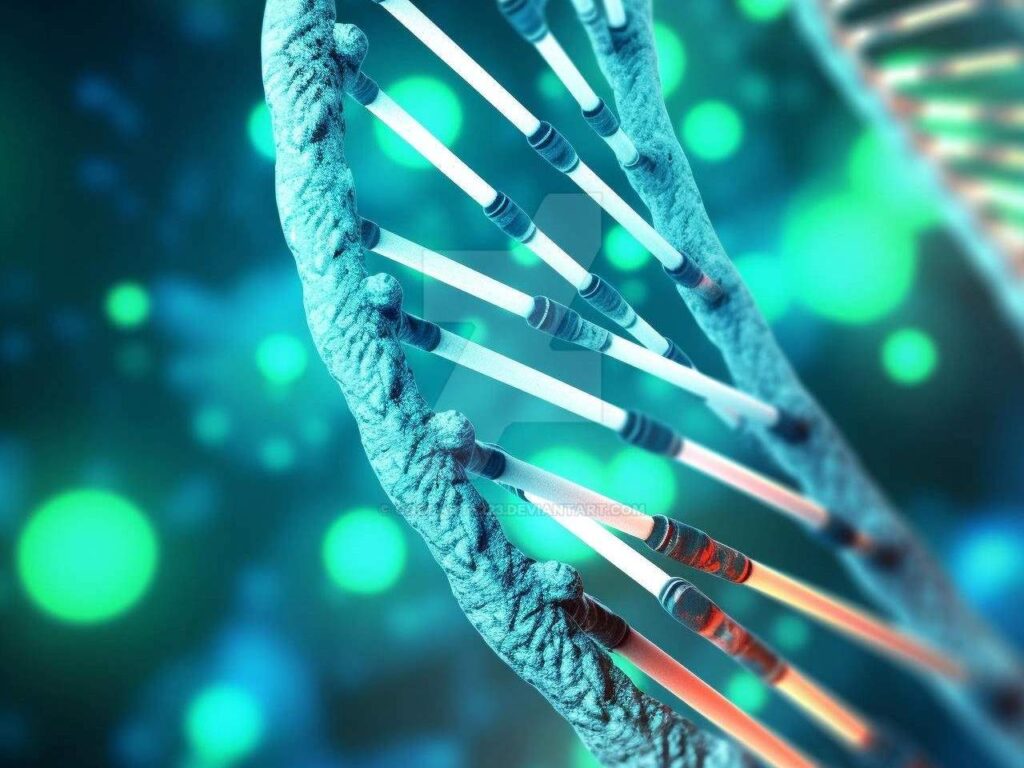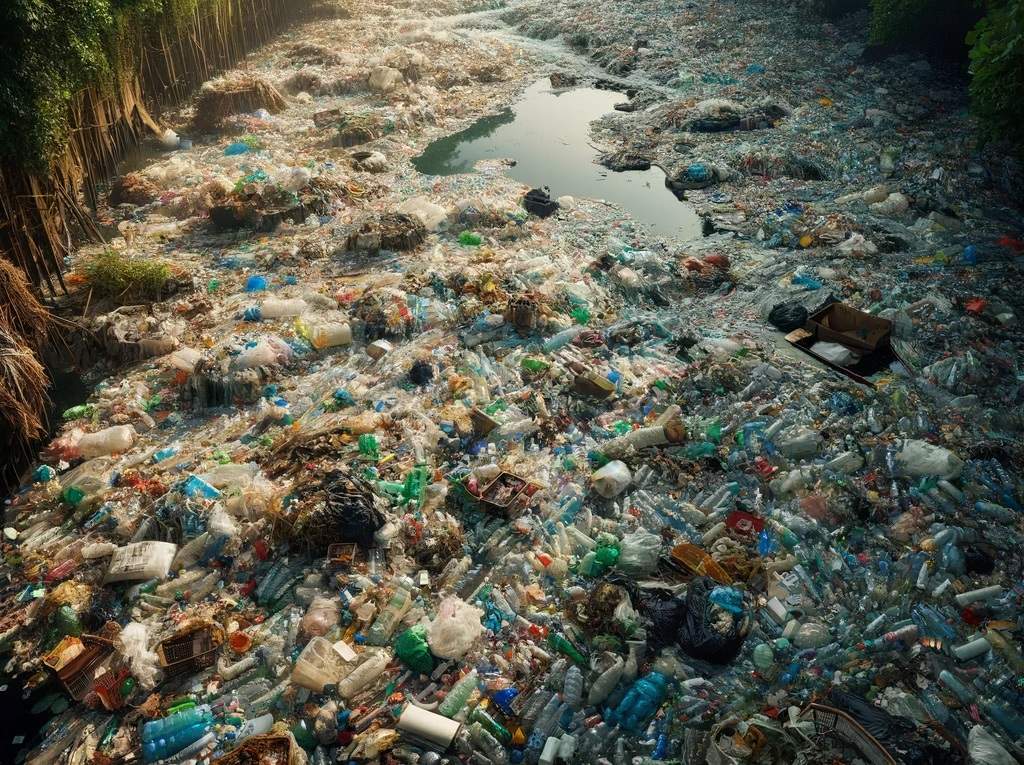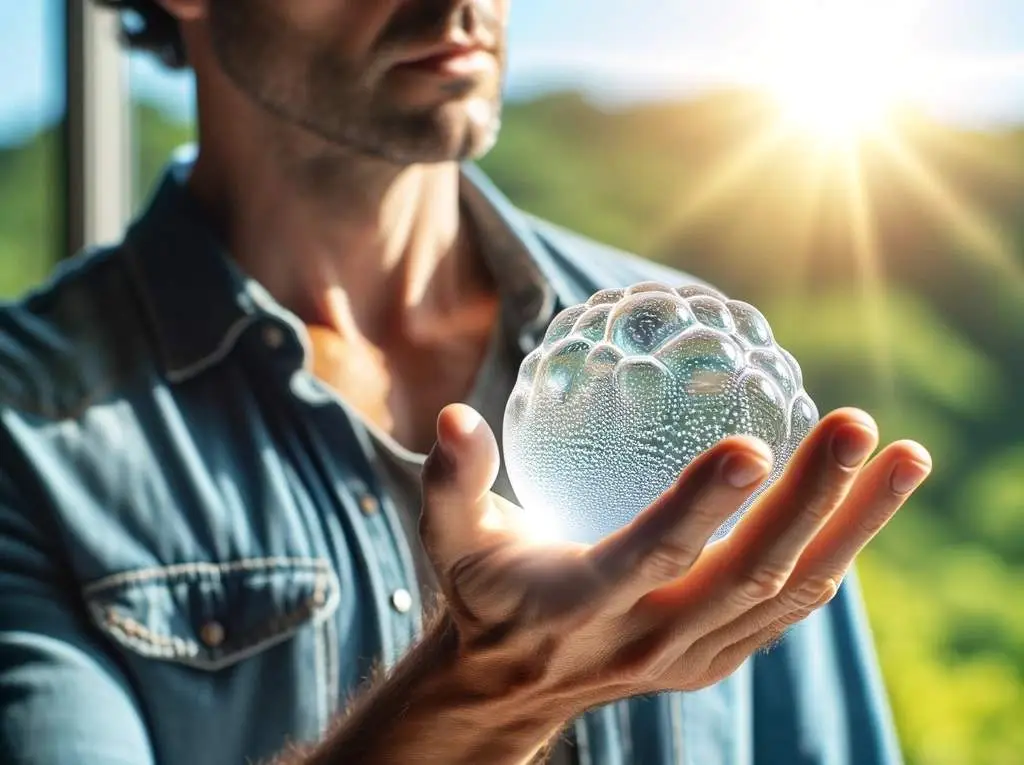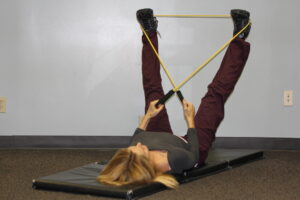Introduction
Hey there! Welcome to the future of hydration, where drinking water comes with zero waste. Ever heard of edible water bottles? They’re not just a cool concept but a game-changer in our fight against plastic pollution. These little blobs of water are wrapped in a seaweed-based film that you can eat or compost. So, how edible water bottles are made, and why should you consider switching? Stick around as we dive deep into the science and process behind these sustainable sips. Get ready to be amazed by what innovation and a little seaweed can do for our planet!
The Science Behind Edible Water Bottles

Curious about the magic behind these eco-friendly bottles? It all starts with a clever use of natural biopolymers. Let’s break it down:
Biopolymer Basics
- What’s in it? The star player here is sodium alginate, a natural polymer extracted from brown seaweed. When sodium alginate meets calcium lactate, it forms a gel-like membrane. This membrane can hold water or any liquid, creating an edible bottle.
- Why it works: This process, known as spherification, isn’t new to the culinary world but its application in creating water bottles is a brilliant twist. The alginate-based skin is strong enough to hold water yet breaks down easily when consumed or composted.
Environmental Impact
- Biodegradability: Unlike plastic, these materials degrade naturally, without leaving harmful residues behind.
- Source Sustainability: Seaweed grows abundantly and doesn’t require fertilizers or land, making it a sustainable resource.
How Edible Water Bottles are Made: Manufacturing Process
Making these bottles is as fascinating as the concept itself. Here’s a peek into the process:
Step 1: Preparing the Core
Liquid Selection
It all kicks off with the most essential ingredient: water. But, who says we have to stop there? To cater to a variety of palates and nutritional needs, manufacturers have the freedom to infuse the water with anything from zesty lemon to calming lavender, or even fortify it with vitamins and electrolytes. This customization not only enhances the flavor but also boosts the nutritional value, making each sip a delightful, healthful experience.
Mixing
Once the flavor profile is decided, the next step involves dissolving sodium alginate in the chosen liquid. This is where precision matters. The alginate must be thoroughly mixed to ensure an even distribution throughout the liquid, setting the stage for a uniform membrane formation. This meticulous preparation paves the way for the magic that follows.
Step 2: Membrane Formation
The Dip
Here’s where the alchemy happens. The alginate-infused liquid is gently dropped into a bath of calcium chloride. This encounter triggers a reaction known as spherification, causing the alginate to gelatinize instantly and form a spherical membrane around the liquid. It’s a mesmerizing moment that transforms the ordinary into the extraordinary.
Customization
Flexibility in the manufacturing process allows for creativity in size and shape. By tweaking the dropping technique—whether it’s changing the size of the droplets or the method of introduction—manufacturers can produce bottles that range from bite-sized pearls to larger, more traditional bottle-sized orbs. This adaptability makes edible water bottles suitable for a variety of occasions, from quick hydration breaks during a marathon to convenient sipping at a music festival.
Step 3: Final Touches
Shaping and Curing
After the initial formation, the spheres undergo a curing process to reinforce the membrane, ensuring it’s durable enough to handle without bursting prematurely. This step might involve a secondary dip or a resting period that allows the membrane to thicken slightly, striking the perfect balance between strength and edibility.
Rinsing and Hydrating
Post-curing, the spheres are carefully rinsed in a water bath to remove any residual calcium chloride, which could affect the taste or texture. This step is crucial for ensuring the final product is not only safe to consume but also enjoyable.
Quality Control
Before these innovative bottles make their way to consumers, they undergo rigorous quality control checks. Each batch is tested for membrane integrity, ensuring no leaks or weak spots. Additionally, the liquid inside is tested for purity and taste, guaranteeing that every sip meets the high standards set by manufacturers.
Packaging (If Necessary)
While the goal is to minimize waste, some scenarios may require minimal packaging for transport or hygiene reasons. In such cases, biodegradable or compostable materials are used, ensuring that the product remains eco-friendly from start to finish.
The manufacturing process showcases a perfect blend of simplicity and innovation. It’s not just about creating a product but redefining our approach to packaging and consumption. As you see how edible water bottles are made, it’s clear that this is more than just a novel idea; it’s a step towards a sustainable future.
Design Considerations
When diving into how edible water bottles are crafted, it’s not just about the materials or the manufacturing process; design plays a huge role too. Think about it – these bottles need to be practical, appealing, and, above all, user-friendly. So, what goes into designing these futuristic sips?
Portability and Convenience
First off, they’ve got to be easy to carry around. No one wants to lug around something inconvenient, right? Designers are constantly thinking about size and shape, ensuring these bottles can easily fit into your daily routine, whether you’re hitting the gym or just going for a stroll in the park.
Taste and Texture
Then there’s the taste and texture. The idea is to make the experience as enjoyable as drinking from a traditional bottle. Some folks might be wary of trying something that’s, well, a bit out there. That’s why a lot of effort goes into making sure these bottles not only quench your thirst but also hit the right notes in terms of flavor and mouthfeel.
Environmental Impact
Of course, the whole point of switching to edible water bottles is to cut down on waste. Every design decision, from the ingredients to the packaging (if any), is made with the planet in mind. It’s all about creating something that’s as kind to the earth as it is to our bodies.
Technological Innovations
In the world of edible water bottles, technology is king. It’s what turns the dream of ditching plastic into reality. And let me tell you, there’s some pretty cool tech involved in how edible water bottles are made.
Advanced Materials
We’re talking about materials that are not only edible and biodegradable but also capable of keeping water fresh and tasty. Scientists are constantly on the lookout for new, natural substances that can be used to improve the strength and longevity of these bottles.
Smart Packaging
Imagine a bottle that changes color when the water’s no longer good to drink. Sounds like sci-fi, but it’s not far from what innovators are working on. Smart packaging technologies are being developed to enhance the safety and usability of edible bottles, making them even more appealing to consumers.
Scalability
Then there’s the challenge of making these bottles accessible to everyone, everywhere. This is where advancements in manufacturing processes come in, aiming to produce edible bottles efficiently and at a scale that can meet global demand.
Regulatory and Safety Standards
Navigating the waters of regulations and safety standards is crucial in bringing edible water bottles to the market. It’s not just about creating something new and exciting; it’s about ensuring that it’s safe and compliant with global food safety standards.
Food Safety Regulations
From the get-go, edible water bottles need to meet strict food safety regulations. This means rigorous testing for contaminants and ensuring that all materials used are food-grade and safe for consumption. Manufacturers must navigate a complex web of regulations, which can vary widely from one country to another.
Quality Control
Quality control is the name of the game. Each batch of edible water bottles undergoes thorough testing to ensure they’re up to snuff. This includes checking the integrity of the membrane, ensuring the water is pure, and that the overall product is safe for consumption.
Global Regulatory Environments
Tackling the global market is another challenge. What’s approved in one country might not fly in another. Manufacturers have to be savvy, adapting their products to meet a variety of international standards and consumer expectations.
Navigating these considerations and innovations isn’t just about figuring out how edible water bottles are made. It’s about rethinking our approach to what we eat and drink and how it impacts the world around us. It’s an exciting journey, and we’re just getting started. The future of hydration looks bright, sustainable, and, best of all, edible!
Economic Aspects
Diving into the economic landscape of edible water bottles reveals a story of costs, market demand, and the potential for a shift in consumer behavior. Understanding these elements is key to grasping the broader impact of this innovative product.
Cost Analysis
| Component | Estimated Cost (%) |
|---|---|
| Materials | 30 |
| Production | 25 |
| Packaging & Shipping | 20 |
| Marketing | 15 |
| R&D | 10 |
This table highlights the distribution of costs involved in bringing edible water bottles to market. Materials and production are the largest expenses, underscoring the importance of efficient manufacturing processes and sustainable material sourcing.
Market Demand and Consumer Acceptance
Consumer interest in sustainable products is on the rise, with a growing segment willing to pay a premium for eco-friendly options. However, for edible water bottles to become a mainstream choice, they must overcome initial hesitations regarding taste, texture, and cost. Educating consumers about the environmental benefits and demonstrating the product’s convenience and safety are crucial steps towards boosting market demand.
Social and Environmental Benefits

The advent of edible water bottles brings with it significant social and environmental advantages, promising a future where hydration doesn’t come at the expense of our planet.
Reducing Plastic Waste
| Year | Plastic Bottles Produced (Billions) | Edible Bottles Produced (Billions) | Potential Waste Reduction (%) |
|---|---|---|---|
| 2021 | 500 | 5 | 1 |
| 2022 | 525 | 15 | 2.9 |
| 2023 | 537 | 30 | 5.6 |
| 2024 (Projection) | 550 | 50 | 9 |
This hypothetical table illustrates the potential impact of replacing plastic bottles with edible alternatives. Even a modest increase in the production of edible bottles can lead to significant reductions in plastic waste.
Promoting Water Conservation
By encouraging the use of edible water bottles, especially in regions with limited access to clean water, we can also promote water conservation. The production process for traditional plastic bottles is water-intensive; shifting towards more sustainable alternatives can contribute to overall water conservation efforts.
Ethical Considerations
The introduction of edible water bottles raises important ethical questions related to access, equity, and the responsibility of innovators and consumers alike.
Access and Equity
Ensuring that edible water bottles are accessible to not only affluent consumers but also to underserved communities is crucial. It’s about bridging the gap and making sustainability inclusive, not exclusive.
Intellectual Property Issues
The balance between protecting innovations through patents and sharing technology for the greater good is delicate. Striking the right balance can foster global collaboration towards sustainability goals, ensuring that advancements in edible packaging technologies benefit all of humanity, not just a select few.
In conclusion, the journey of edible water bottles from concept to market involves a complex interplay of economic factors, social and environmental benefits, and ethical considerations. By addressing these aspects thoughtfully, we can pave the way for a future where sustainable innovations thrive, benefiting both our planet and its inhabitants. Tables and charts, like the ones above, offer a glimpse into the potential and challenges of making edible water bottles a viable alternative to plastic, underscoring the importance of continued innovation, education, and ethical decision-making in the quest for a greener tomorrow.
Future Perspectives
The journey of edible water bottles is just beginning, with a promising horizon that hints at broader implications for sustainability, consumer behavior, and global health. As we peer into the future, several trends and areas for growth come into focus, each playing a crucial role in shaping the trajectory of this innovative solution.
Emerging Trends in Edible Packaging
The success of edible water bottles paves the way for a wider adoption of edible packaging solutions across various industries. From fruits wrapped in edible coatings to biodegradable cutlery, the possibilities are endless. The driving force behind this shift is the growing consumer demand for sustainable products, coupled with advancements in material science that make these options both viable and cost-effective.
Research and Development Needs
As the field evolves, targeted research and development will be essential in overcoming current limitations and unlocking new possibilities. Key areas of focus include:
- Enhancing the durability and shelf-life of edible packaging to match that of traditional plastics.
- Reducing production costs to make edible options competitively priced.
- Developing customizable materials that cater to diverse product needs, from liquid containment to solid food packaging.
These efforts will not only improve the viability of edible water bottles but also contribute to a broader shift towards sustainable consumption and waste reduction.
Case Studies and Examples
Ooho by Notpla
One of the pioneering examples of edible water bottles is “Ooho,” created by the London-based startup Notpla. Their innovative approach to packaging water in seaweed-based pouches showcases the practical application of spherification. Ooho, serving as a substitute for plastic bottles, has actively demonstrated its feasibility and acceptance in real-world settings, notably at marathons and events.
Impact Assessment and Feedback
Feedback from these events has been overwhelmingly positive, with participants appreciating the novelty and environmental benefits of the product. Notpla’s efforts highlight the potential for edible water bottles to reduce waste and serve as a catalyst for change in how we think about disposable packaging.
Lessons Learned and Best Practices
The journey of Ooho provides valuable insights into the challenges and opportunities of bringing edible water bottles to market. Key lessons include the importance of consumer education in driving acceptance and the need for collaboration with event organizers and vendors to facilitate the transition to edible packaging solutions.
These case studies and future perspectives underline the potential of edible water bottles and similar innovations to redefine our approach to sustainability. By continuing to explore and invest in these areas, we can move closer to a future where sustainable packaging is not just an option but the norm, contributing to a healthier planet and a more conscious society.
References and Further Reading
For those intrigued by the innovative world of edible water bottles and sustainable packaging, diving deeper into the subject can broaden understanding and spark further interest. Below is a curated list of references and resources for further exploration. These materials offer insights into the science, design, and potential impact of edible packaging solutions, providing a solid foundation for academic study, industry research, or personal curiosity.
Academic Journals and Articles
- Journal of Material Sciences & Engineering: This journal often features articles on the development of biodegradable materials, including those used in edible water bottles.
- Food Chemistry: Offers research articles on the properties of natural polymers and their applications in food packaging.
- Environmental Science & Technology: Provides insights into the environmental impacts of traditional versus innovative packaging solutions.
Books
- “Sustainable Packaging: Development and Applications”: Explores sustainable packaging materials, including edible options, and their role in reducing environmental impact.
- “Biopolymer-Based Formulations: Biomedical and Food Applications“: Delivers comprehensive information on biopolymers, including alginate, and their applications in various fields.
Online Resources
- Notpla’s Official Website: Learn directly about Ooho and other innovative packaging solutions developed by Notpla.
- Ellen MacArthur Foundation: Offers extensive resources on circular economy principles, including case studies on sustainable packaging.
Technical Documents and Patents
- US Patent Application for Edible Water Bottle: Provides detailed descriptions of the materials, processes, and designs used in the creation of edible water bottles.
- Life Cycle Assessment of Packaging Options: A comparative study of the environmental impacts of various packaging solutions, including biodegradable and edible alternatives.
Interviews and TED Talks
- TED Talk by Rodrigo García González: One of the co-founders of Ooho discusses the inspiration and technology behind edible water bottles.
- Interviews with Material Scientists: Experts in biopolymer research share their insights into the future of edible and sustainable packaging.
These resources represent just a starting point for exploring the fascinating world of edible water bottles and sustainable packaging. Whether you’re a student, researcher, or simply someone interested in sustainability, these references can provide valuable information and inspiration for further exploration or research.
Conclusion
Edible water bottles are not just a quirky alternative to plastic; they represent a significant shift in how we think about sustainable living. By understanding how edible water bottles are made and the science behind them, we’re not just exploring a new product. We’re opening our minds to innovative solutions that can lead to a cleaner, greener planet. Ready to take the plunge into the world of edible hydration? It’s a small change that could lead to big impacts, one sip at a time.








